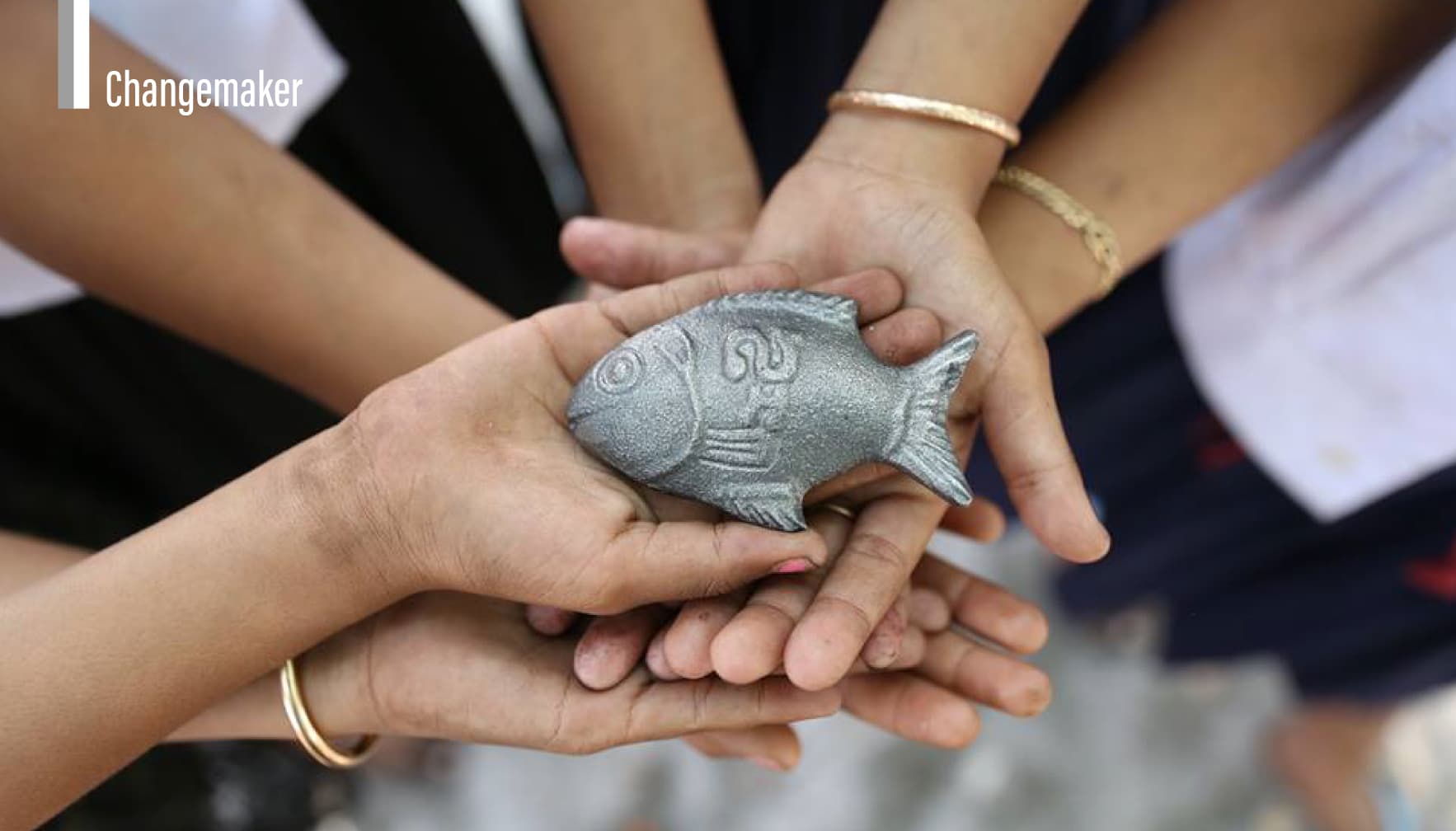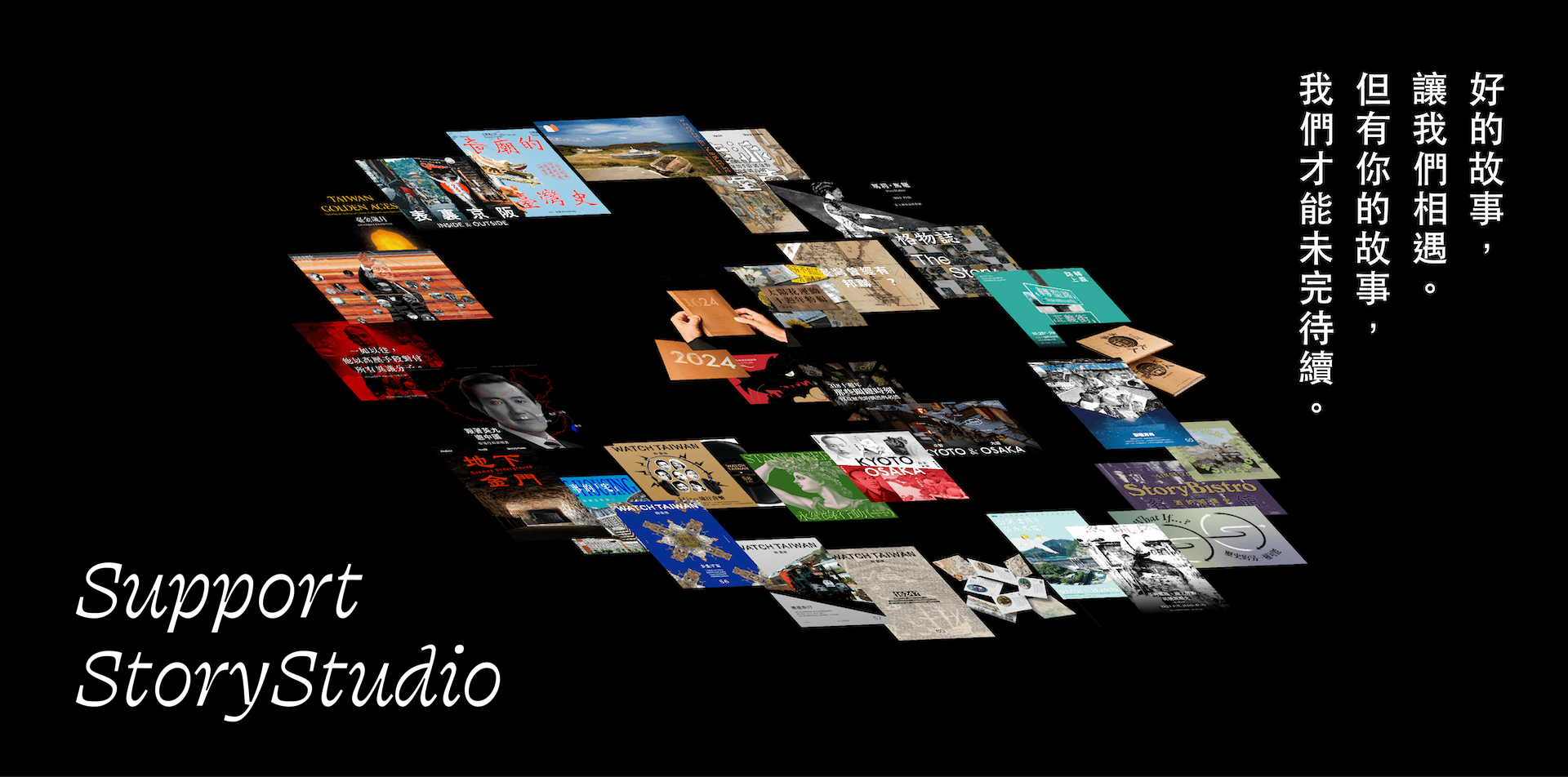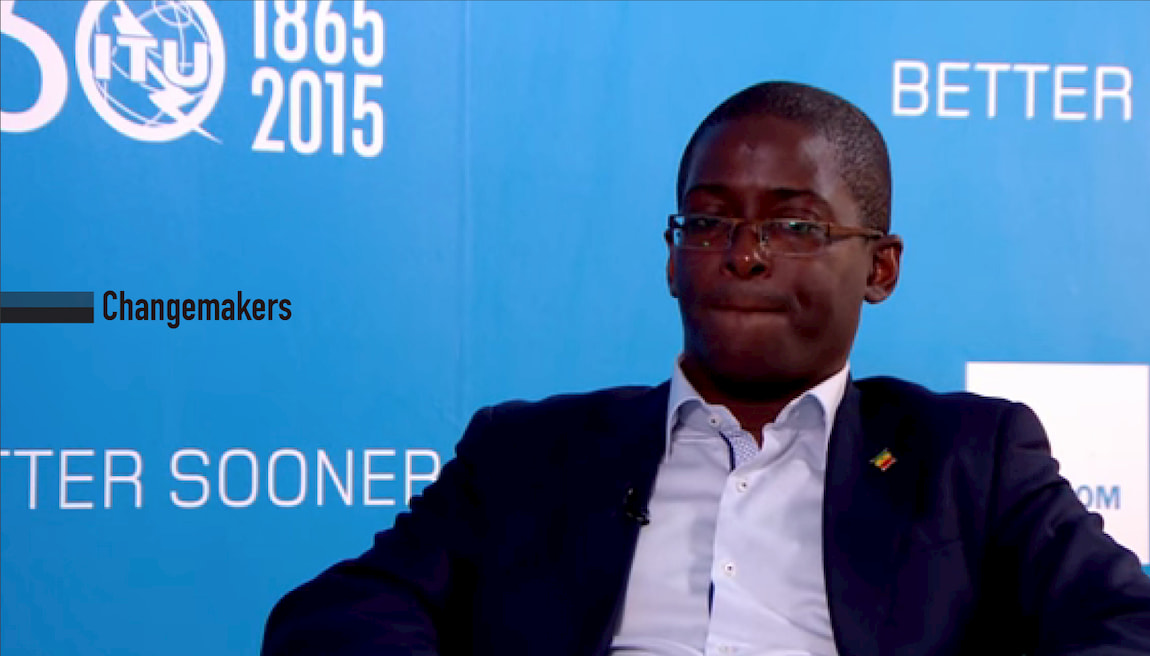Put cabbage, spinach, luffa, and mushrooms in a pot, add water, and stew over low heat. For different broth flavors, add garlic or seasonings. When the stew is finished, pair it with a bowl of rice, and you have the common traditional main course in a Cambodian family.
Nowadays, however, in some Cambodian families, the stew or soup may contain an unexpected ingredient—a fish-shaped iron ingot.
The Ordinary “Iron Fish” Becomes the Hero of Improving Cambodian’s Health
According to the 2014 Cambodia Demographic and Health Survey Report, among children aged 6 to 59 months, over half of them were anemic; And among women 15 to 49 years old, over 40% were constantly troubled by dizziness or headaches caused by anemia.
The hero that banished this severe health problem in Cambodia was this ordinary-looking iron fish. When an iron fish is added to cooking rice or dishes, it releases approximately 7 mg of iron, providing the required daily iron for the human body. This ameliorated the anemia in Cambodia. This iron fish not only improved the local people’s health and increased their work efficiency but also revitalized the originally sick and lifeless social scene.
In the beginning, however, the iron fish was not widely accepted. Efforts to address this Cambodian health problem met with unimaginably difficult challenges.
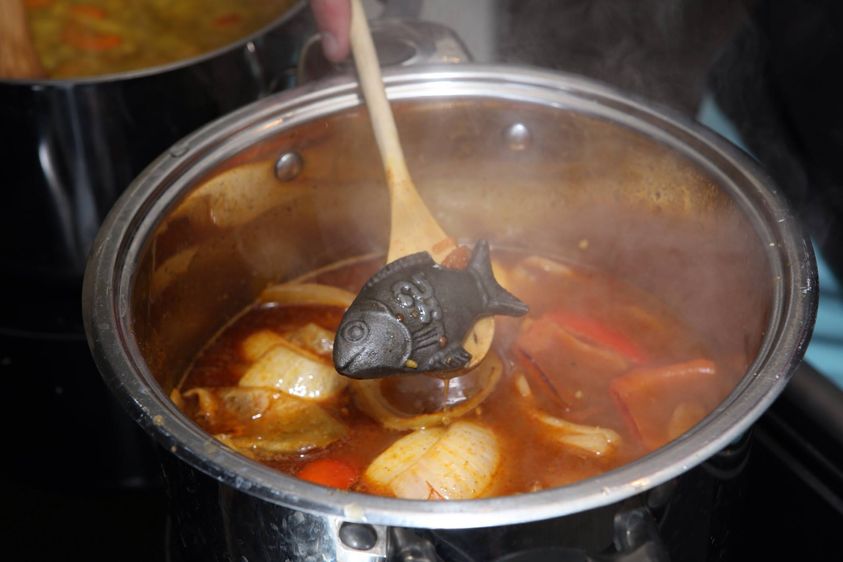
The story of the iron fish must begin with a research survey project.
In 2008, Christopher Charles, a public health researcher from the University of Guelph, Canada, traveled to Cambodia to conduct research in epidemiology. He discovered that the local children commonly had poor physical development, hypersomnia, and developmental cognitive disabilities. Cambodia women often suffered from fatigue and dizziness, sometimes so severely that they could not be gainfully employed. At the time, Charles believed the symptoms reflected a serious problem in Cambodians—severe iron-deficiency anemia.
According to the World Health Organization, iron deficiency is the major cause of anemia worldwide.
Anemia is not common in European countries, the United States, or Taiwan, because people in those countries can frequently consume chicken, pork, beef, and fish—meats that are rich in iron. They can even afford extra health supplement, taking vitamins to bolster the human body’s ability to absorb iron.
For an ordinary Cambodian family, even a piece of meat was a luxury, and they could not afford to obtain sufficient iron from other foods. This made Charles wonder: Was there a simpler way to address the anemia epidemic?
The first solution Charles thought of was to suggest the local people cook in iron pots.
What he did not realize was that after Cambodians cook, they tend to leave the food in the pot until it is finished. Then they clean the pot and reuse it. When food stays in an iron pot for a long time, it begins to taste rusty or even to rot. Consequently, Cambodians did not follow Charles’s suggestion for long.
After this experience, Charles had an epiphany: If the iron pot were replaced with a small iron ingot, would it have a better effect?
This method had two advantages. First, an iron ingot would be cheap and portable. Second, with an iron ingot, it would be easy to control how much iron was released, thereby preventing an excessive amount of iron from giving the food a rusty flavor. “It was scientifically effective, but nobody wanted to put it in their pot.” This made Charles quite frustrated.
Charles observed the way of life of the Cambodians, hoping to identify the problem. During the process, he noticed that while farming or decorating buildings, they often used a variety of iron tools. However, iron products weren’t used in the kitchen. “I discovered that Cambodian women didn’t want to use iron ingots in their cooking because they didn’t look appetizing,” said Charles.
In addition, when people learned that the cause of their dizziness and hypersomnia was an iron deficiency, and that the solution was not to see a doctor and take medicine but to toss an iron ingot into their cooking pot, they found the idea a bit hard to fathom.
To convince the people to adopt this measure, Charles decided to change the shape of the ingot. At first, he reshaped the original bar of iron into a round plate because the sharp corners of a typical iron ingot might damage an aluminum pot. He was hoping that this could reduce Cambodian’s reservations about using it. Still, however, few people were willing to give it a try.
Charles thought to himself, “What about shaping the iron into a lotus?” Although the image of a lotus was very familiar to Cambodians, letting a lotus sink to the bottom of a pot defied common sense. This experiment also resulted in failure.
After several trials, Charles accidentally discovered that Cambodians particularly favored fish-shaped iron ingots. He surveyed the villagers and learned that there was a small local fish, the Try Kantrop, that symbolized auspiciousness, health, and happiness.
Charles adopted the shape of that fish as his model, shaping ingots for local people to try -- and the miracle happened. Many of the Cambodian women no longer resisted putting the ingot into the cooking pot with the food. When their families learned that the food in their mouths was cooked alongside an iron fish symbolizing good luck, it gave them a psychological boost, and they felt more energetic.
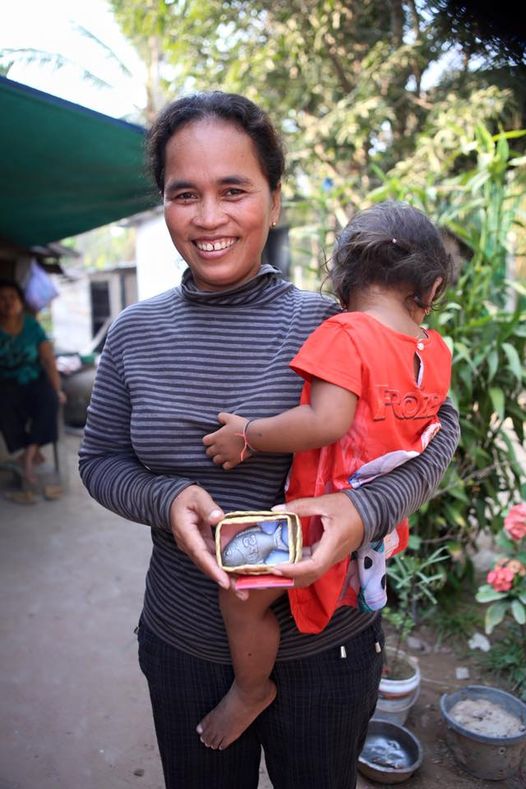
Commercializing the Iron Fish: Cultural Differences Bring More Challenges.
After Charles’s research trip to Cambodia came to an end, the story of the iron fish spread throughout the University of Guelph.
In 2012, Gavin Armstrong, a student in the business school of the University of Guelph, was fascinated by Charles’s story. Having a mind for business, he saw the favorable marketing prospects for the iron fish and proposed that he and Charles start a company.
Later, Armstrong wrote the concept of the iron fish into a business proposal, which he then used for school and Canadian government projects to get funding. In the same year, Armstrong used the funds to establish a social enterprise named Lucky Iron Fish Enterprise.
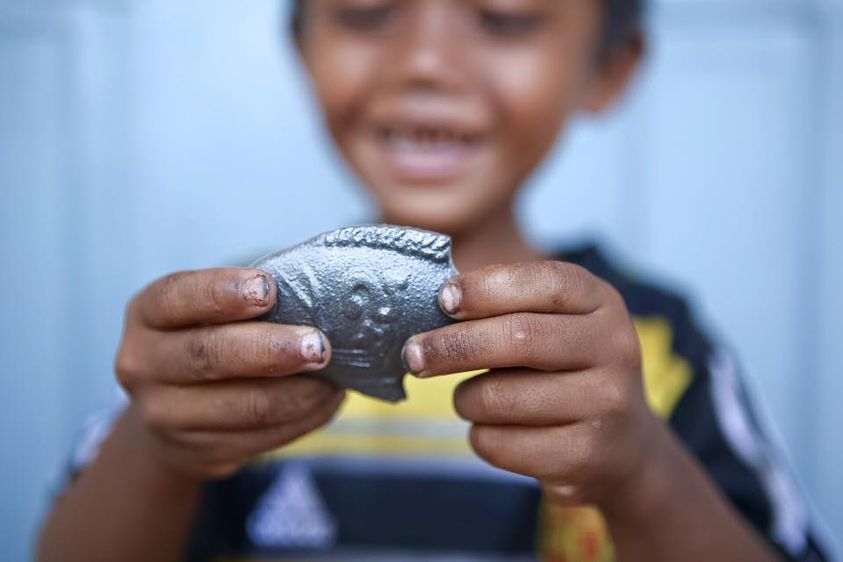
Soon after the enterprise was set up, Armstrong could not wait to form a team to promote the iron fish door-to-door in Cambodia. But reality poured cold water on the enthusiastic Armstrong: On average, they sold at most a single iron fish in a month.
“It was an arrogant failure on my part. I thought it was such an amazing product and so affordable everyone would want to buy it.” Armstrong said with a sigh.
At the time, an iron fish was priced at US$1.5. That price, according to the evaluation by Armstrong and his team, should be economical for consumers. In addition to being cheap, they were durable, each one lasting an average of 5 or more years.
But then other problems surfaced.
The Cambodian government had long been aware of the anemia epidemic in its people. In 2005, it started providing iron supplements to local families. According to the local people, though, the iron supplements caused nausea and even side effects such as constipation. Also, because the supplements were free, few people thought it’s necessary to pay for an iron fish.
In addition, Armstrong noticed another, more critical, point. That is, the local people did not trust the foreign faces that suddenly appeared in their lives. With this realization, he withdrew, reconsidered, and set about planning new marketing strategies. In the end, Armstrong decided to team up with NGOs that had long-standing connections with local communities. He sold the iron fish at wholesale prices to those organizations, who then introduced the iron fish to Cambodian families. This approach established the local people’s trust in the product.
As expected, this new strategy met with resounding success. As Cambodian’s trust in the iron fish increased, its sales figures continued to grow.
This business model renewed the hopes of Armstrong and his team, and they have been using this method in cooperative efforts with many international or local NGOs, such as World Vision, successfully promoting iron fish to more families in need.
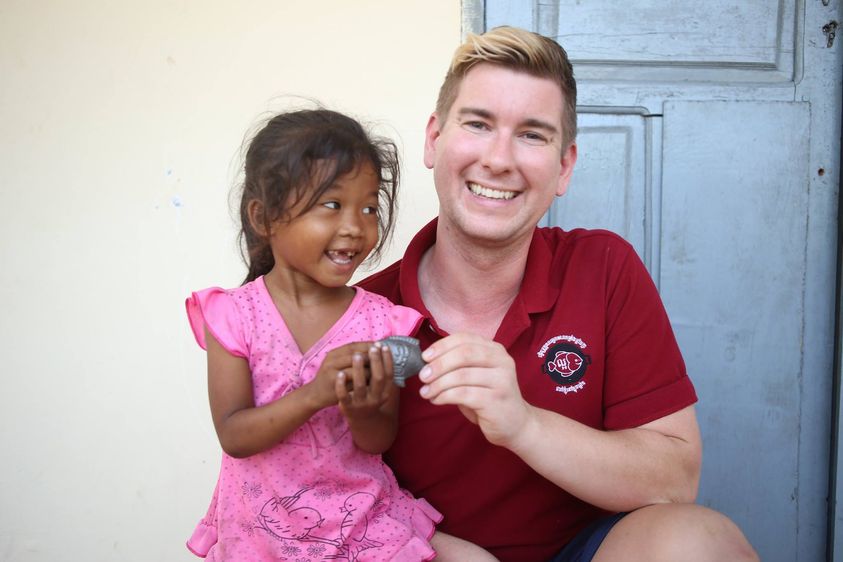
The Iron Fish Migrates—Returning Home and then Setting off for the World
Looking back, given that iron deficiency anemia is a global problem, could this successful model, the iron fish in Cambodia, be copied and applied to other countries in need?
To explore the possibility, Armstrong decided to return to Canada and explore a new market for the iron fish: his own hometown. This time, Armstrong told himself not to rush, not to make the same mistake. Before he formally launched the product, he studied and observed the living habits of Canadians.
During the process, Armstrong discovered that Canadians had a high standard of living, and the medical support and hygiene facilities provided by each city were quite comprehensive. If a local person showed signs of anemia, they could usually receive help rapidly. In addition, statistics showed that in all of North America, only 1/5 of the people had iron deficiencies. In other words, iron deficiency anemia was not common in Canada.
If the iron fish were promoted in the Canadian market as a cheap and effective iron supplement, Armstrong believed, it could not win the consumers’ hearts.
Then what should they do? Armstrong thought and thought, eventually decided to replace the original marketing strategy with a “Buy one, get one donated” strategy: When a consumer purchased an iron fish, the team would donate one to a family in need.
Although Armstrong believed in the feasibility of leveraging the idea of giving back to society in the Canadian market, most of his team members were not confident about promoting the iron fish in the North American market.
"The growing interest and demand in Western countries is actually fueling our impact," Armstrong excitedly stated as he recalled it, "I never dreamed the buy-one-get-one model would be as successful as it is."
He explained that the “giving back to society” concept attracted media attention from companies such as CNN and BBC. It was even praised and promoted by the famous American talk show host Oprah Winfrey. As it spread by word-of-mouth through the media, many people heard their stories and took action to support the iron fish.
According to the annual report of the Lucky Iron Fish Enterprise, in 2017, the “buy one, get one donated” model helped approximately 50,000 people. In 2018, the beneficiaries increased to over 54,000. The sales figures of the iron fish increase every year, proving that for an enterprise, making a profit and giving back to society are not mutually exclusive.
Delivering Good Luck to the Hands of More People
The iron fish survived many battles, emerging victorious in Cambodia and North America. Under Armstrong’s guidance, they will swim to other Asian countries, then to Africa and Latin America, and on to everywhere in the world where help is needed.
From their experiences in Cambodia, Charles and Armstrong came to realize that the shape of a fish may not have the same meaning to people from different cultural backgrounds. “If we are going to sub-Saharan African countries or inland, dry regions, then fish may not have any significance there. For each cultural context, we have to find suitable symbols of luck.”
For example, in India, the local people consider Tulsi the queen of herbs. It is a holy plant with a healing power, “Shakti”. For this context, Armstrong shaped the iron into the shape of this leaf, calling it a Lucky Shakti Leaf, or an iron leaf that brings luck and has the power of healing.

In the end, be it an iron fish or an iron leaf, or ingots in many more shapes in the future, this social enterprise has only one goal—to vastly improve the lives of people with iron.
In other words, the success of the iron fish is not the end of the story. For the enterprise, the most important task from now on will be to educate local people to use these iron ingots with magical healing effects to their maximum value. “We have experienced too many setbacks. We’ve got to work harder to mitigate these problems,” Armstrong firmly believes. “Our goal is to enable more people to have a Lucky Iron Fish in their pot.”
A business organization that solves social, environmental, and welfare issues using its business model. For instance, a social enterprise may create jobs for the underprivileged and offer products or services that are socially responsible or eco-friendly. Profit made by social enterprises are used primarily for re-investment to continue solving social or environmental issues. Social enterprises do not work towards achieving maximum benefits for their investors or business owners.
Reference
- Lucky Iron Fish
- 2014 Cambodia Demographic and Health Survey
- How A Social Entrepreneur Overcame His 'Arrogant Failure' And Won Kudos From Oprah(Forbes)
- Why an iron fish can make you stronger?(BBC)
- The Good-Luck Charm That Solved a Public-Health Problem(The Atlantic)
- In Cambodia, 'Lucky' Iron Fish For The Cooking Pot Could Fight Anemia(NPR.org)
